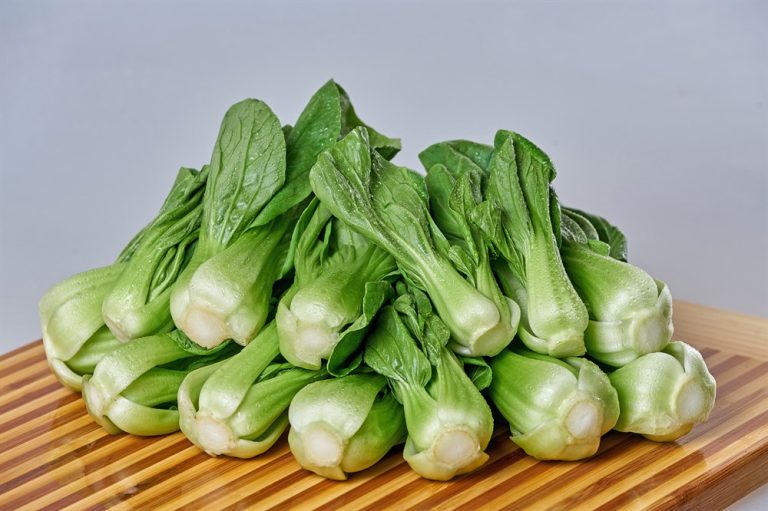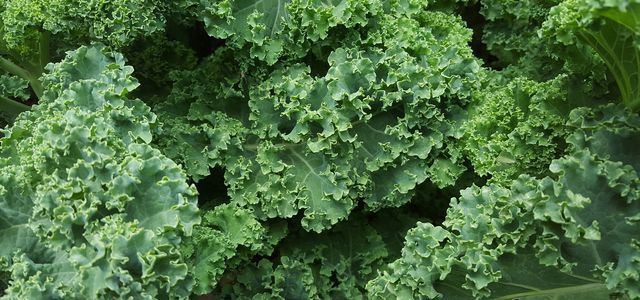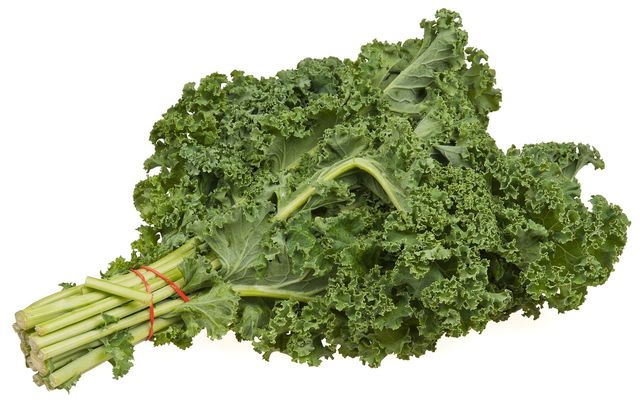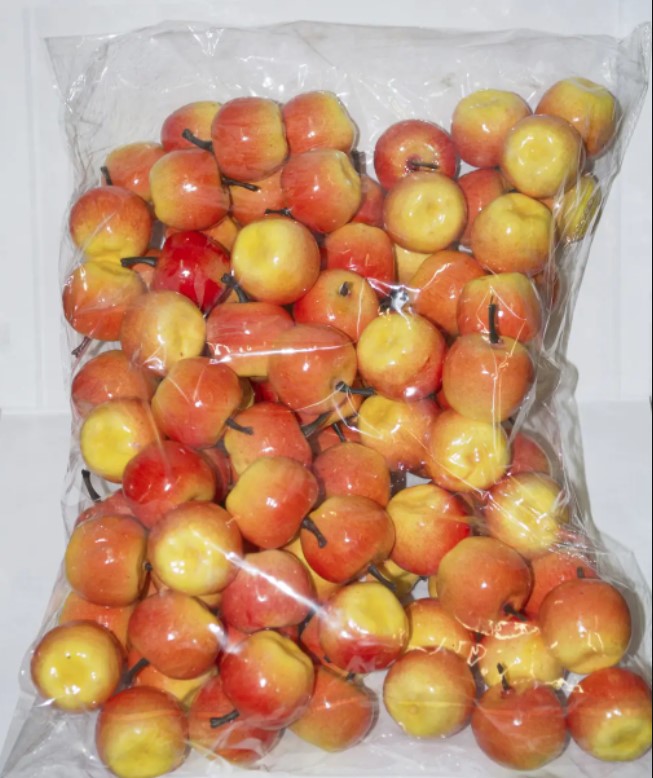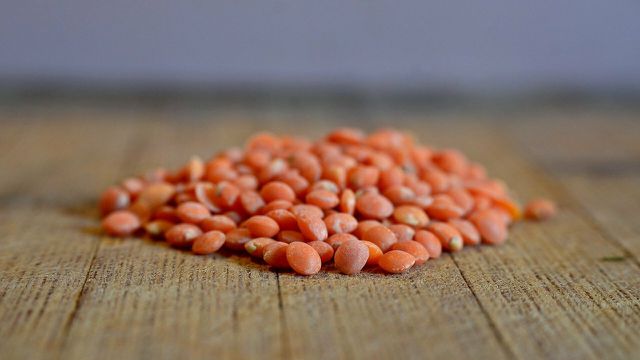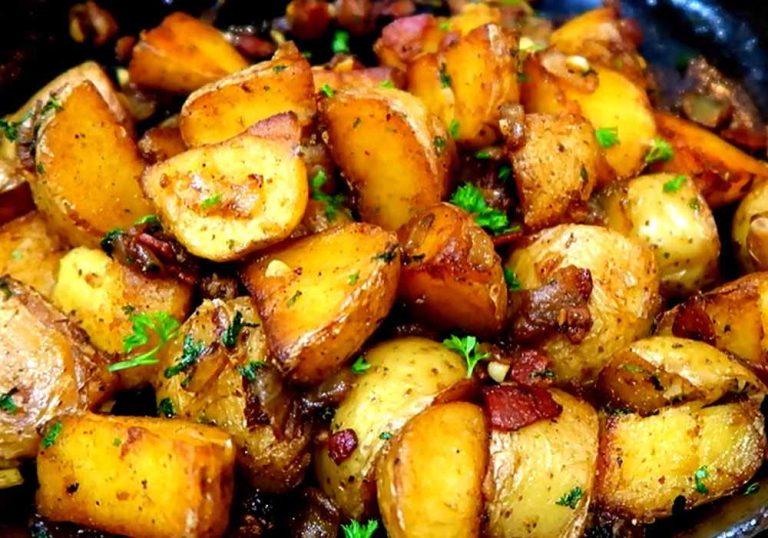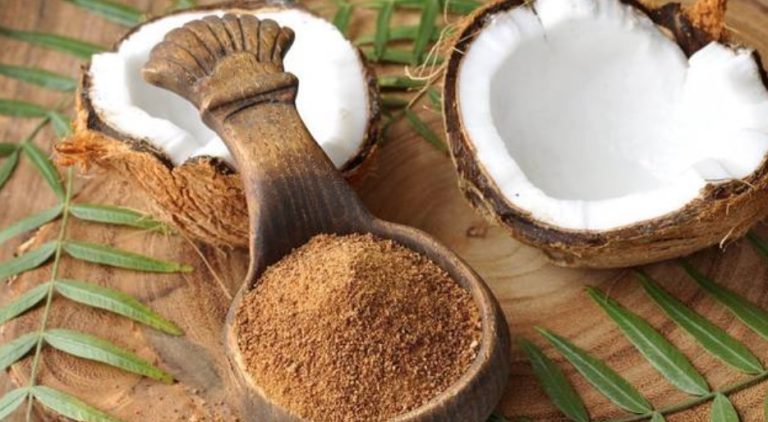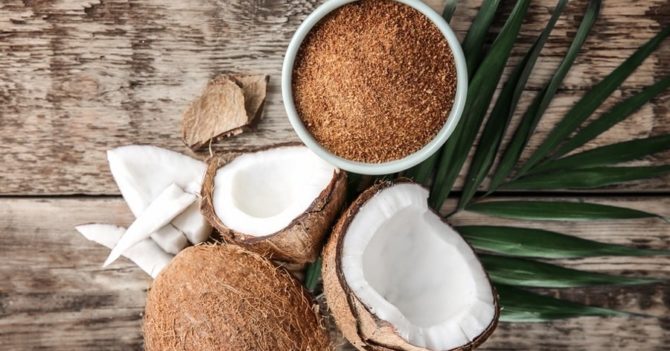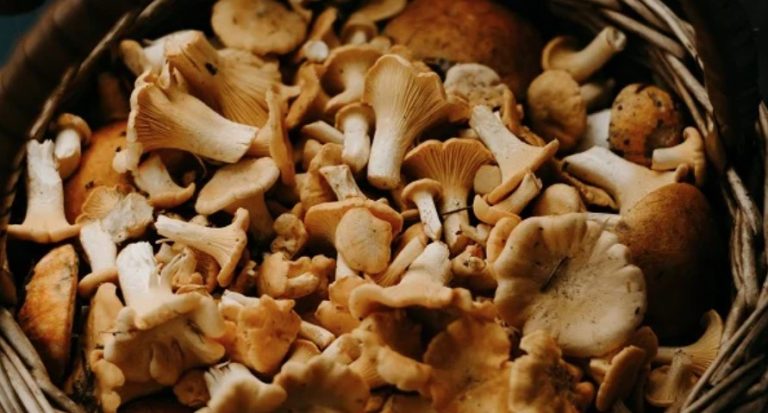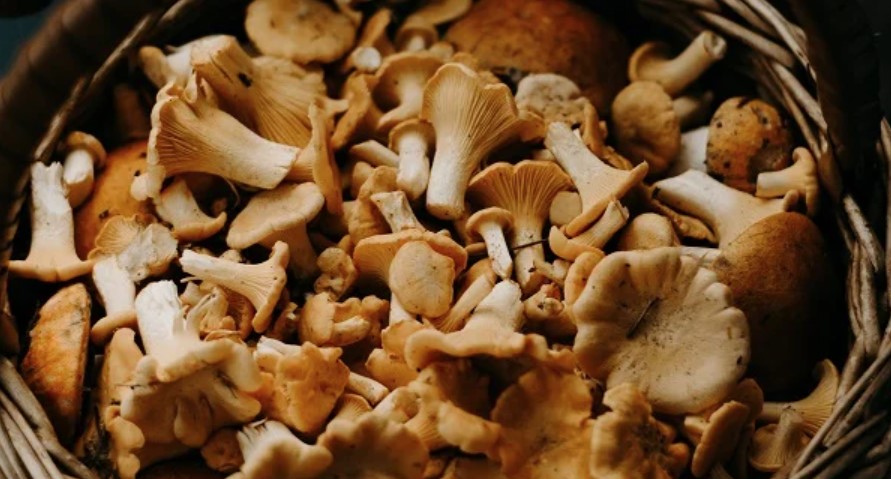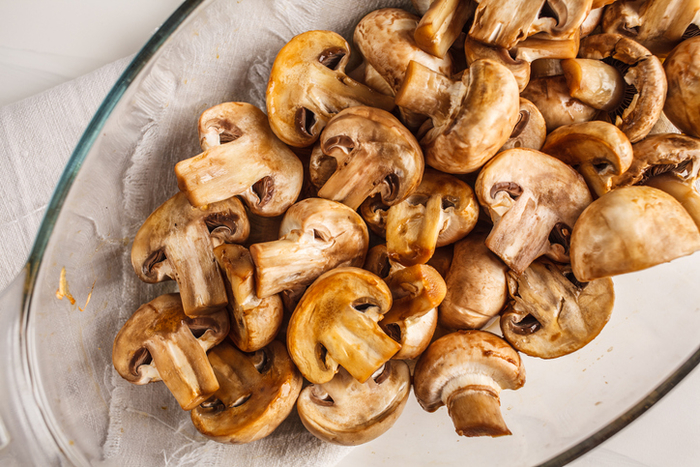You can also eat the Chinese type of cabbage Pak Choi raw: its digestibility and mild spiciness make it a delicious addition to salads and the like. Here you can find out what you should look out for when eating raw Pak Choi.
Pak Choi, also Pak Choy or Pok Choi, is a vegetable closely related to Chinese cabbage. In German it is known as Chinese mustard cabbage or Chinese leaf cabbage. Originally from China, pak choi has long been one of the most popular ingredients in Asian cuisine. But we can also find it more and more often on domestic markets.
The bok choy forms green leaves with crisp white stems surrounding a white head. As the name “mustard cabbage” already suggests, its stems have a mild spiciness. The green leaves bring a tart aroma. Pak Choi can be prepared in many different ways. You can roast, steam and grill it. It is particularly popular in wok dishes or as an ingredient in ramen, a Japanese noodle soup. But it is also possible to eat Pak Choi raw without any problems.
Eating Pak Choi raw: why it is healthy and what you should pay attention to

Pak choi not only tastes good in hot stir-fries: the crunchy cabbage is also good as a raw vegetable.
When you eat pak choi raw, its healthy ingredient content remains highest. These include
a number of vitamins such as vitamin A, vitamin C, and folic acid.
Cabbage also contains potassium, calcium, magnesium, sodium, flavonoids and carotene.
The relatively high amounts of folic acid in particular make pak choi a vegetable that should not be missing in nutrient-rich cuisine. 100 grams contain about 66 micrograms of folic acid. A good portion of pak choi can make a significant contribution to covering the daily folic acid requirement of 300 micrograms.
Some people do not tolerate raw collards well due to the high fiber content and suffer from stomach and intestinal problems after eating them. However, pak choi has slightly less fiber (1.7 grams per 100 grams) than other varieties such as broccoli (3 grams per 100 grams). Eating pak choi raw is therefore more digestible than other types of cabbage.
Attention: For people with a thyroid disease and iodine deficiency, the following generally applies to the consumption of daisy family: only in small quantities and preferably in cooked form. Cruciferous vegetables contain an enzyme that affects the production and secretion of thyroid hormones. If you suffer from any of these conditions, you should rarely eat pak choi raw.
Eat pak choi raw: This is how you can prepare cabbage as raw food
Preparing raw Pak Choi is very easy. First you should clean and prepare the cabbage well:
Remove the woody part of the stalk so that the individual leaves separate. If necessary, remove wilted leaves.
Then wash the leaves thoroughly with water.
You can chop the green leaves into fine strips like lettuce.
You can cut the stalks into bite-sized pieces.
Then you have different ways to eat the raw Pak Choi. For example, process it
with a Mediterranean salad with olives, pickled tomatoes and artichokes or
to an Asian-inspired salad with rice noodles, cucumber, tofu and roasted peanuts.
Use the stalks to dip into tasty dips.
Give your smoothie an extra helping of veggies with pak choi.
Top your ramen soup with fresh pak choi.
Add raw pak choi to your Buddha bowl.
Pak Choi: tips for purchasing and storage

Raw bok choy tastes best when it’s young and fresh. Young pak choi is no larger than 15 centimeters and tastes the most tender. You can recognize pak choi that is no longer quite as fresh by the fact that the green leaves are somewhat leathery and tough. However, you can still eat them. Simply chop them very finely and mix them with other vegetables.
It is advisable to buy Pak Choi from regional and organic farms if possible. In the meantime, cabbage is no longer only grown in Asia, but also in the Netherlands (though in greenhouses) and outdoors in Spain in summer. Thanks to the relatively short transport routes from the European growing areas, the Pak Choi arrives fresher here than from far away regions. Organic bok choy is advisable because conventionally grown bok choy is often heavily contaminated with pesticides.
Store bok choy in the crisper of the refrigerator. There it stays fresh for between seven and ten days and you can eat your Pak Choi raw.

